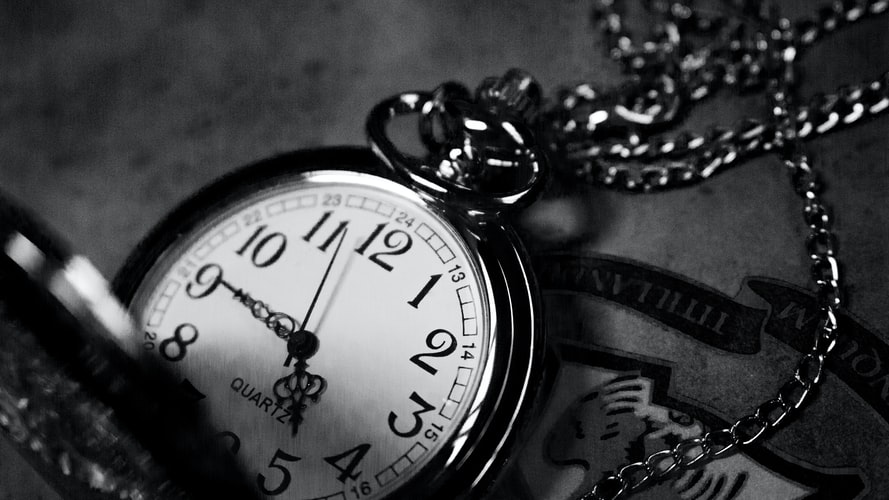Everything You Should Know About Coordinated Universal Time (UTC)

People are living in different time zones. Thanks to the scientists who proposed them because there’s an organized system of timekeeping. If they haven’t divided the world into time zones, there would be confusion with time. Not only that, but eight o’clock in the morning would be the same on the other side of the world even if it is already dark. Before, there were 24 time zones in the world. However, some countries used a 15-45 minute time difference instead of one hour which led to additional time zones. But no matter how many time zones are there, what matters most is you know what time zone you are in, and how it is related to the Coordinated Universal Time (UTC).
Coordinated Universal Time (UTC)
Among the many time zones in the world, one thing that you should not forget is the UTC. It stands for Coordinated Universal Time, which serves as the international basis for civic and scientific time. UTC was introduced on January 1, 1960. This time zone uses the atomic second which is broadcast using radio signals. Two years later, the Coordinated Universal Time has been modified by adding “leap zones” when necessary.
Coordinated Universal Time is significant because it is the standard time of the world. Though the standard before was Greenwich Mean Time (GMT), UTC and GMT are almost the same, bearing no difference. UTC is the time zone used to regulate clocks and time. This time zone is within about one second, meaning solar time at zero degrees longitude. The radio signals used to broadcast UTC is the basis for setting all types of clocks, both public and private.
What is the Use of UTC?
Aside from being the basis of all clocks, the Coordinated Universal Time also accommodates the timekeeping differences that may arise between atomic time and solar time. Atomic time is derived from atomic clocks while solar time is derived from the astronomical measurements of the Earth’s rotation on its axis, which is relative to the Sun. The UTC must be kept within an exact number of seconds of the International Atomic Time. It is also kept within 0.9 seconds of the solar time denoted as UT1.
UTC Time
Other time zones are named based on how many hours they are different from the Coordinated Universal Time. For instance, the United States east coast (related: Eastern Time Zone) is 5 hours behind UTC. Therefore, it is named UTC-5. If you want to see the current UTC Time, you may check this link. You can also use this website to view the time difference between time zones or convert your local time to other time zones. It is important to remember that the Coordinated Universal Time uses the 24-hour clock. In other words, there is no 'AM' or 'PM'. For example, 4:00 PM would be written as 16:00 or 1600.
Without time zones, there would be chaos concerning timekeeping. Although there are too many time zones for you to remember, what matters most is you know how important the Coordinated Universal Time is. If you are having a hard time remembering the time difference or converting your local time zone to another one, you may use time tools and apps. Check out World Time Server and see how it can help you manage your time.